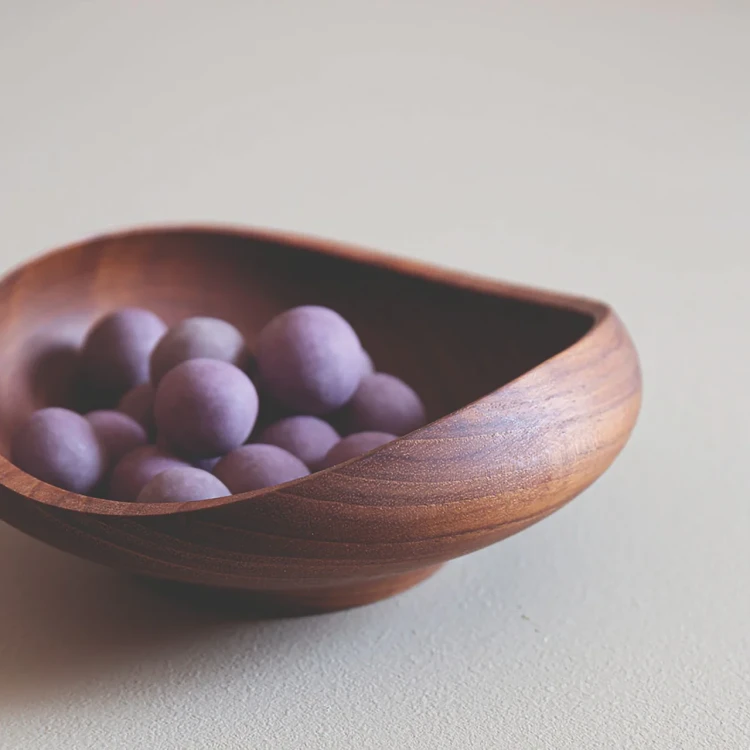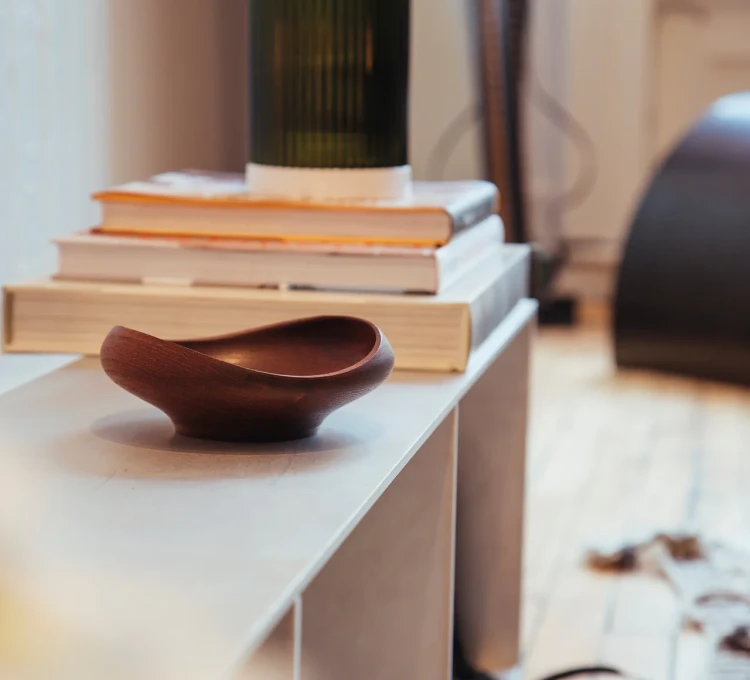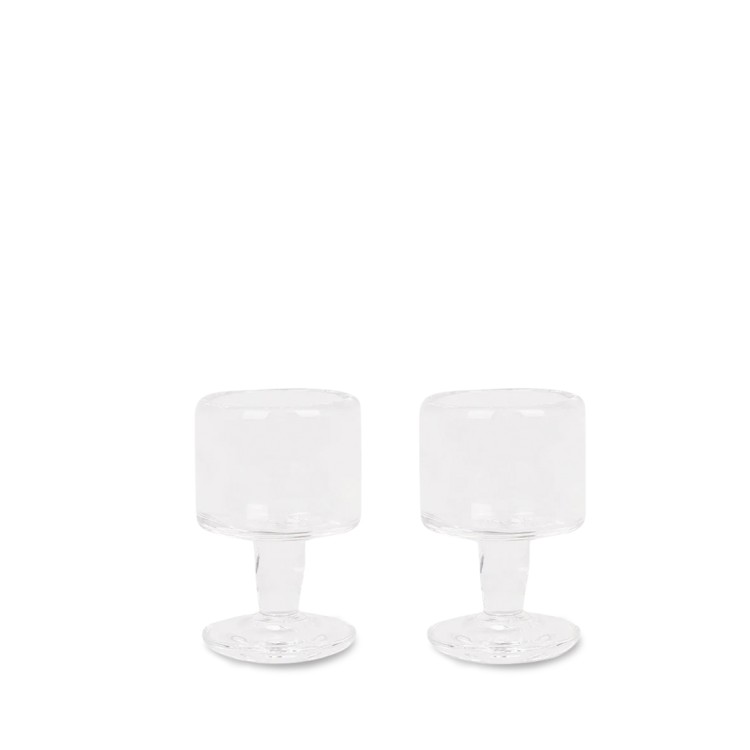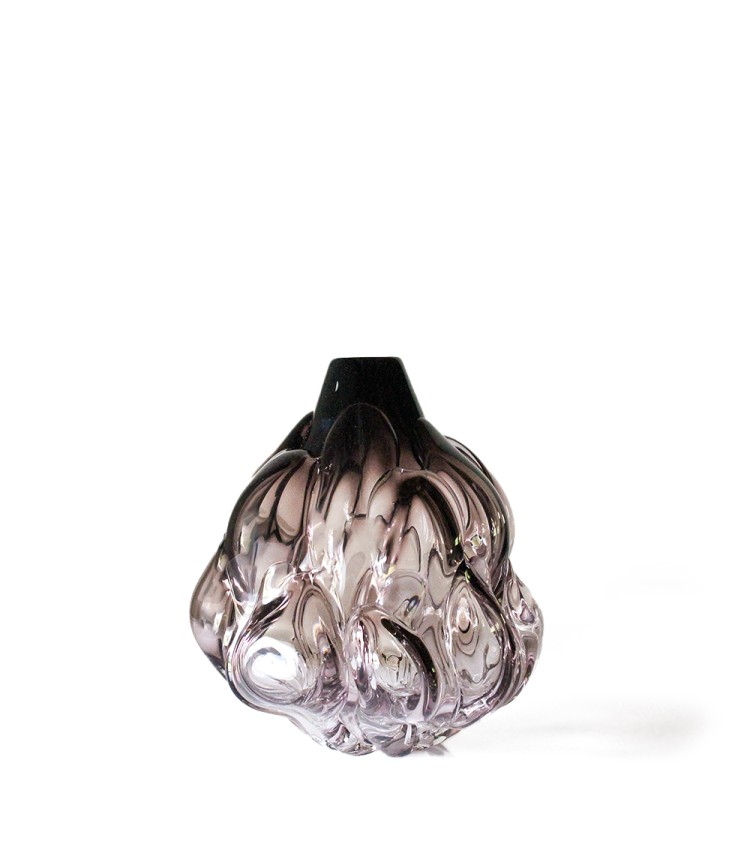FJ Bowl 15
FJ Bowl 15 is the smallest of the sought-after teakwood bowl series that Finn Juhl designed in 1951. It features the characteristic blend of organic shapes and balance between wood, form and geometric measurements that made Juhl famous. By contrasting the undulating pattern of the teakwood with the rim, Juhl uses design to further reveal the natural properties of the material at hand: depending on what angle you look at it from, the bowl changes shape, creating new relationships at every turn while slowly growing on you.
The FJ Bowl 15 is made of a single piece of teak wood and treated with clear teak oil. This allows the bowl to develop a beautiful patina as it ages.
Dimensions
5.9" W x 2.2" H
Finishes
Teak Wood
(Teak wood and treated with clear teak oil)
ArchitectMade

We scour archives, drawings and museums to reveal what makes for mastery. The result? Architectmade is a glimpse into a few, rare design objects that some of Denmark’s leading architects created along their way to fame many years ago.
Why do we do it? Our passion goes beyond form and function. We believe in moving away from a throw away culture and celebrating timeless products that last. These are products you don’t get tired of looking at, and with excellent craftsmanship alongside three rounds of quality control, they are made to stand the test of time. The Architectmade objects are designed to share, for generations to come.
These products, as stated by one of our favorites, Kristian Vedel, “emerge from the inside out.”Each Architectmade object is designed with architect-precision and personal vision that comes from the heart, reflecting the individual values, beliefs and ways of life of some of the greatest Danish architects of our time.
Testament to their elegant simplicity and refined craftsmanship, they’ve become icons, standing the test of time and serving as reminder that in today’s trending world, quality is still timeless.
Learn More








